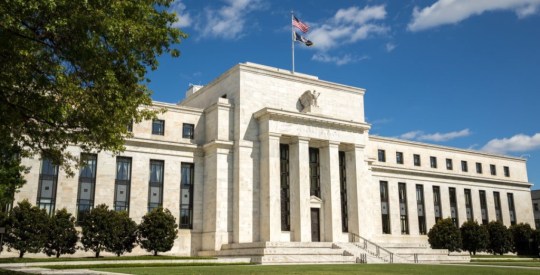Stable mortgage rates are making refinancing less attractive to the newest prime mortgage borrowers in residential mortgage-backed securitization pools.
This is expected to keep prepayment rates on loans originated during the past several months slower than those originated between 2010 and 2012, said Grant Bailey, managing director of Fitch Ratings.
“The change in credit composition of the recent mortgage pools due to high refinancing activity has been modest and the performance of the remaining loans has been excellent,” Bailey said.
In general, high refinance activity usually reflects poorer quality borrowers in mortgage pools, increasing performance volatility.
However, for recent RMBS, the credit implications have been modest to date because of the overall high credit quality of the original pools, according to Fitch.
For instance, prime RMBS mortgage pools issued since 2010 reported an average conditional prepayment rate of 42% in February, which is more than “twice as fast as the rates of outstanding prime loans securitized in earlier vintages.”
“This elevated prepayment rates have resulted in rapid declines to the mortgage pool balances,” the report noted.
Moreover, only 12% of the original balance of the sole transaction issued in 2010 currently remains outstanding. Additionally, pool balances for both transactions issued in 2011 have paid down to less than half of their initial amounts.
Meanwhile, the credit quality of the prepaid loans is marginally better than the remaining loans, Fitch stated.
For instance, when compared with the remaining loans, those that have prepaid contain slightly higher FICO scores and marginally lower loan-to-value ratios.
Nonetheless, Fitch noted that the rating agency does not perceive the change in the credit risk of the remaining pools as ‘material.’
“This is supported by the continued strong performance of the remaining borrowers. Of the more than 6,000 prime loans securitized since 2010, only one loan is seriously delinquent as of the most recent reporting date,” the report said.
Additionally, any potential increase in credit risk caused by prepayments was more than offset by an increase in credit enhancement percentages due to the transaction’s bond payment priority.
Put simply, this means that the senior class credit percentage more than doubled from the time of issuance for all transactions between 2010 and 2011.
However, Fitch stated that this prepayment trend is unlikely to happen with transactions issued in late 2012 and 2013.
“While mortgage rates declined close to 140 basis points from early 2011 to July 2012, rates have remained relatively stable since that point. This has provided borrowers less incentive to refinance recently originated loans,” Fitch said.



